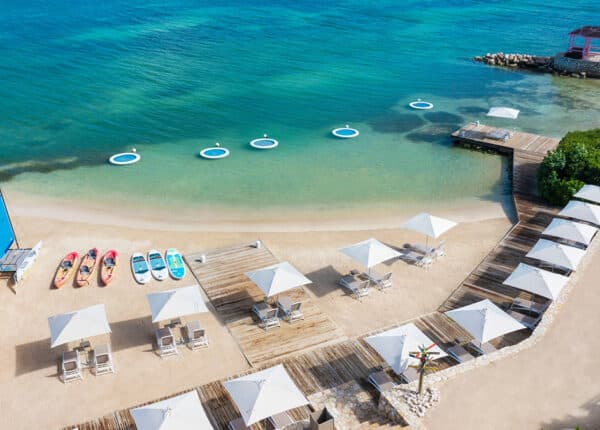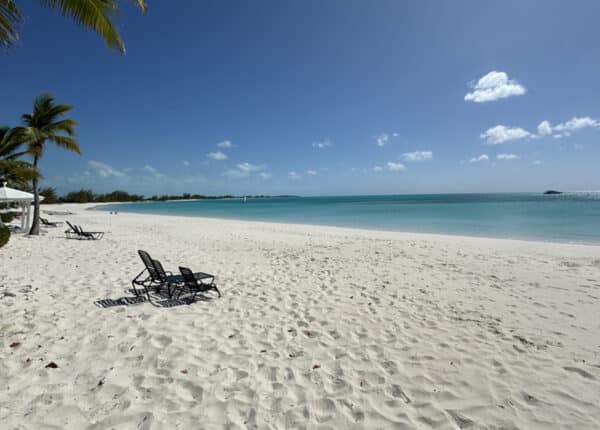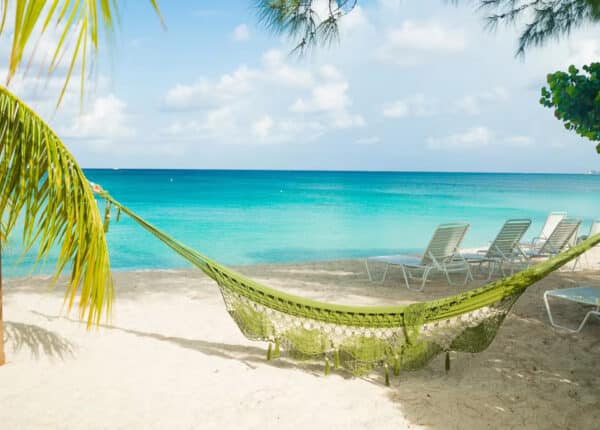By Paul Hay
CJ Contributor
William Demas, former Head of the Economic and Planning Division of the Government of Trinidad and Tobago, compared the five-year national plans of Jamaica and Trinidad and Tobago (T&T) in his book The Economics of Development in Small Countries, first published in 1965, and noted that:
“…both plans anticipate a slow-down in the rate of growth of G.D.P. as compared with the 1950’s. In both cases growth rates of G.D.P. of 5 per cent are projected… in both cases, the slow down in the rate of growth of G.D.P. is the result of the anticipated slowing down in the rate of growth of the mineral export sectors to 3 per cent – bauxite in Jamaica and petroleum in Trinidad.”
The existence of relatively cheap oil imports as prevailed in the 1950s through to the OPEC action in 1973 factored in Jamaica’s economic growth. But, the international oil market has changed.
Oil prices have hovered around US$100 per barrel since the end of the last decade and prices of $150 to $200 per barrel are projected on recovery from the global recession.
The Jamaican dollar devalued by an average annual rate of 212.6 percent from 1970-2005. From 1990-2006, GDP grew 1.1 percent on average while energy use grew 2.5 percent per annum. In 2006, the value of oil imports amounted to 87 percent of export earnings.
Zia Mian, a retired senior World Bank official and international energy consultant, stated in an article titled “Jamaica’s Energy Challenge, part III” in the Sunday Gleaner dated 30 March 2008, that: “Jamaica’s economy is relatively energy intensive. Per capita energy consumption is estimated at over 10 barrels of oil equivalent (boe)”.
Jamaica has one of the highest rates of energy consumption in Latin America and the Caribbean region.
This is mainly due to the heavy usage of energy by its bauxite/alumina sector. Jamaica operates four alumina refineries. All of these use oil to convert bauxite to alumina, which is then shipped to smelters overseas for further processing to aluminium.
Oil is the most significant cost involved in producing alumina. According to data from the Jamaica Bauxite Institute, Fuel/Energy represented 40 percent of the operating cost of producing alumina in 2009, when operating costs were US$ 217.40/metric tonne; and 52 percent in 2012, when operating costs were $ 345.80/metric tonne.
Carlton Davis, author of Jamaica in the World Aluminium Industry 1938-1973, former Cabinet Secretary and chairman of the Jamaica Bauxite Institute, stated in an article entitled: “Energy Cost and our Economic Future: Future of Alumina Sector Hinges on Energy Cost,” in the Mona School of Business Nov/Dec 2011 issue, that:
“Given the importance of the cost of energy in the production of alumina and the consensus that oil will be more expensive over the long-term than natural gas or coal it is incumbent that oil is replaced by one of these two fuels. However, it is necessary for the industry to increase the efficiency of whatever fuel is used. Given what is at stake the Government has a lead role in affecting this transformation.”
According to the Economic and Social Survey Jamaica 2012, export earnings from the bauxite/alumina sector declined by 11.5 percent in 2012: crude bauxite by 7.5 percent and alumina by 12.4 percent. This decline was partly due to the “global slow down associated with the European debt crisis” but also the result of:
- Lower alumina prices, where Jamaica could not compete due to its relatively high cost plants; and
- Increased global competition from newly commissioned, more efficient, alumina plants.
Two of Jamaica’s refineries are slated to be converted to coal-fired electricity generating plants in the near future; and the remainder converted for use of natural gas. According to Carlton Davis, “…data from the alumina sector indicates that using natural gas would require less capital investment than coal.”
Conversion of a plant from oil to natural gas would cost US $30 million, while conversion to coal costs US $250 million.
Zia Mian also states in an article entitled “Cross-Caribbean Energy Link-Up,” in the Sunday Gleaner dated 29 September 2013, that: “After T&T informed Jamaica that it had no gas to honour its commitment to supply 1.125 tonnes of LNG per annum to bauxite and power sectors, I developed and suggested an interim gas-supply option. This option was predicated on trilateral cooperation among Jamaica, T&T and Venezuela.”
The objective of this initiative was to purchase natural gas from Venezuela, have it liquefied in Trinidad, and ship it to Jamaica.
In September, Trinidad signed a bilateral agreement with Venezuela to resolve their border issues and share natural gas from fields which lie on those borders. This “recent bilateral deal has reopened the opportunity for Jamaica to buy natural gas from Venezuela and liquefy it in T&T.”
In fact, “T&T’s United States LNG market is now minimal and T&T has been selling LNG to Far Eastern markets,” and “the costs of transport to those destinations are generally high.”
So, a strategic alliance between Trinidad and Jamaica at this time could prove mutually beneficial.
A World Bank project has been underway in Jamaica for some time now to support the development of a regulatory environment for introduction of natural gas.
The preferred fuel for the recently tendered 360 MW generating plant is natural gas; and, one of the bidders intended to source this fuel from Puerto Rico, which would have meant Jamaica would have been getting Trinidadian LNG via Puerto Rico.
In this regard, I support Zia’s recommendation that Trinidad and Jamaica “must give this opportunity another try and see if it could reduce the cost,” though I would add not only in electricity generation, but also in alumina production.
In the 1960s, the only endeavour cheap oil did not allow Jamaica was to have its own aluminium smelters; though there was a proposal in the 1970s to have Jamaica’s bauxite shipped to smelters built in locations such as Trinidad.
The more recent cancellation of Trinidad’s Alutrint smelter complex should not end further collaboration between these two nations in the mineral sector.
Both nations, in Jamaican parlance, need to “wheel and come again.”
Paul Hay, a Caribbean Journal contributor, is the founder and manager of Paul Hay Capital Projects.







